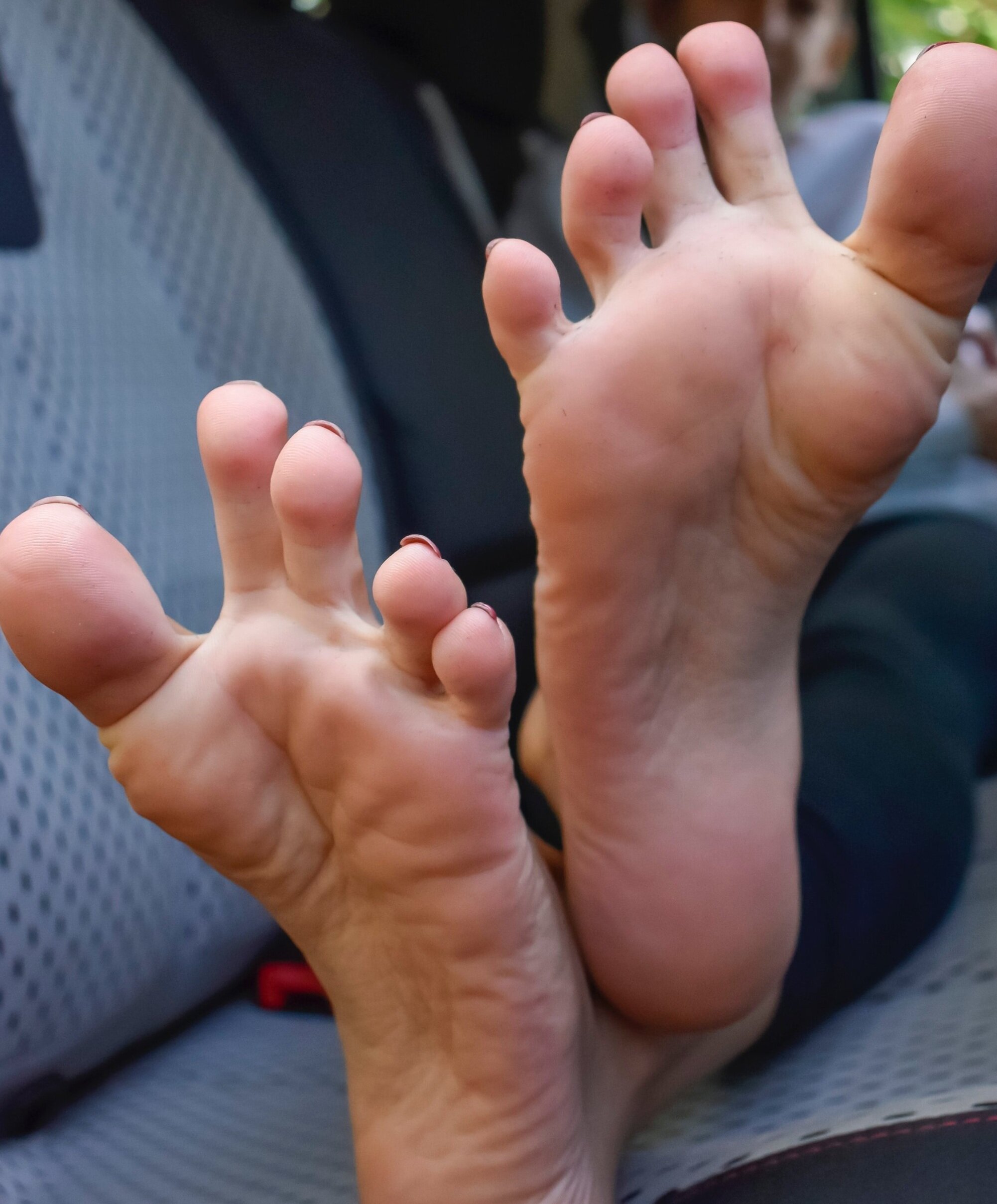At Tripod Laser Services our goal is to educate the community about laser therapy. So we’ve compiled a handy list of the top six benefits of laser therapy that most people aren’t aware of. Before we dive into the list you need to know what laser therapy is. Laser therapy is referred to as Photobiomodulation, and is a form of physical therapy that uses light energy to affect tissue, and is often used instead of injections and other medications. Currently, laser therapy is used to help manage conditions like arthritis, wound healing, and acute injuries like ankle sprains.
Now that we’re on the same page, on to the good stuff:
6. Laser therapy can help reduce the formation of fibrous tissue (scar tissue) following tissue damage from cuts, scratches, burns or a surgery.
5. Studies have shown that when participating in Photobiomodulation the tissue in treatment areas increase vascular activity, and vasodilation which is an increase in the diameter of blood vessels to allow better blood flow. This helps speed up the healing process to allow wounds to close more quickly and with less scarring.
4. Laser therapy doesn’t just affect damaged tissue; it can also help improve nerve function as well. Light energy helps speed nerve cell reconnection and regeneration. Nerve’s typically regenerate at an extremely slow rate, much slower than tissue.
3. Laser therapy promotes several pain management mechanisms in tissue. By utilizing the analgesic effect of light energy laser therapy promotes the production of high levels of pain killing chemicals like endorphins, and enkephalin from the brain and adrenal gland. As mentioned before, light energy also affects nerve cells, and when discussing pain can help block transmissions by nerve cells to decrease sensitivity and pain.
2. Light energy has a direct effect on immunoregulation. Laser therapy utilizes light to increase the production of ATP in tissue which is a major carrier and energy source for all chemical reactions in your cells.
1. Photobiomodulation also has an anti-inflammatory effect on tissue. We’ve mentioned that it promotes vasodialation before, but it also activates the lymphatic drainage system which drains swollen areas. This reaction helps reduce swelling caused by inflammation or bruising.
For more information on the many benefits of laser therapy follow us on Facebook @TripodLaser, and remember— why live with pain, if you don’t have to?









